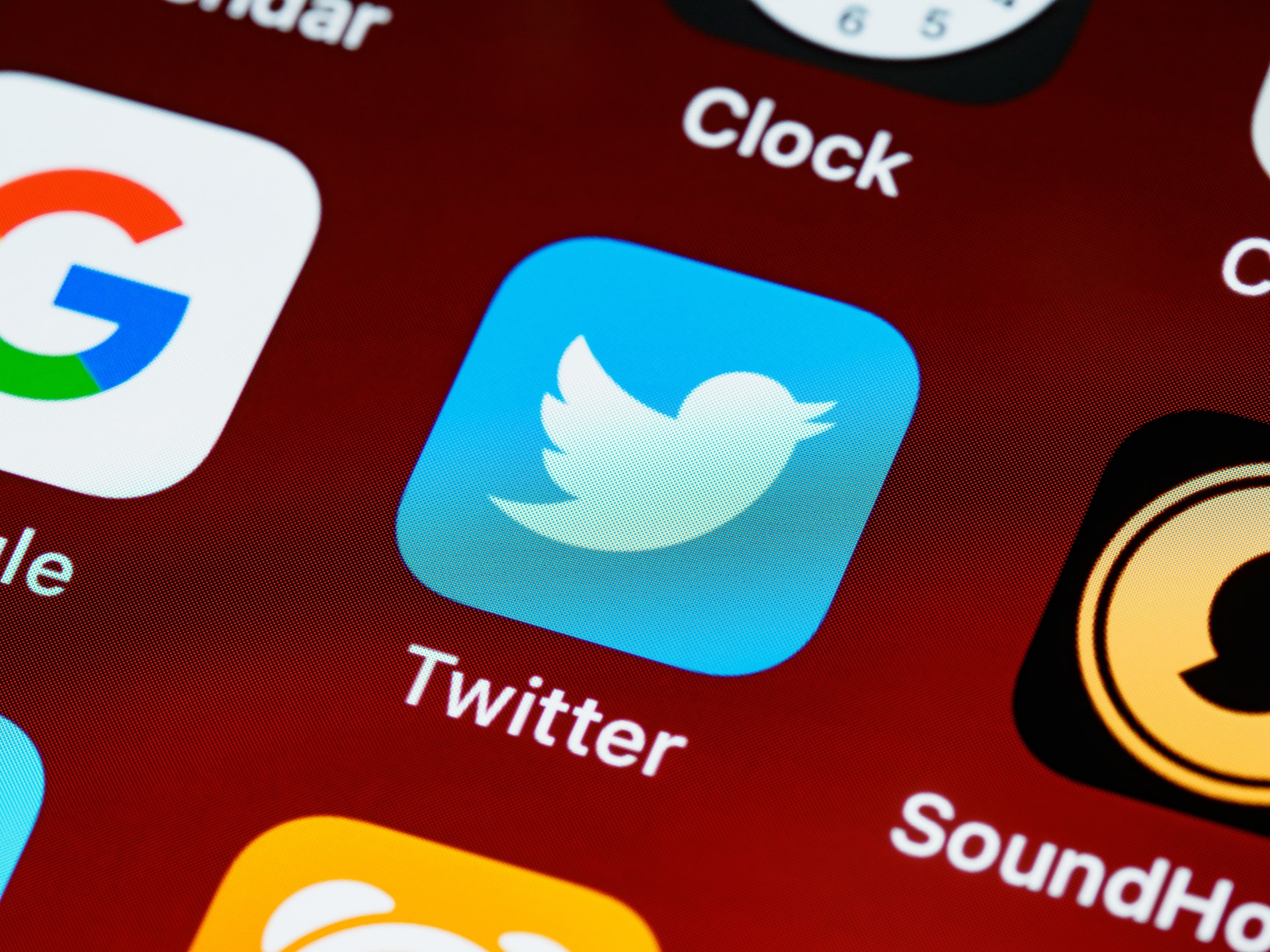Media release
From:
Angry birds - Twitter, Time and Emotions
Tweets can provide rich information about people's social, cognitive, and biological processes as well as personal concerns (e.g. work). This is the first study to statistically examine linear and non-linear circadian (24-hour) and circaseptan (7-day) patterns of emotions. This was done in more than 7 million self-referring tweets (personal pronoun + present tense verb: I am and its variations) and close to 18 million Other topic content-coded tweets collected in the most populated counties in the United States. We found that social, cognitive, and biological processes as well as personal concerns expressed in tweets varied through the day and the week and that such variations were associated with positive and negative emotions. We also observed that associations with positive and negative emotions largely varied throughout the day, and less extensively throughout the week. Understanding temporal patterns of associations with positive and negative emotions in tweets should contribute to the design of socio-technical systems aimed at supporting the emotional wellbeing of individuals through social media platforms. This will also foster the network of individuals who feel isolated.



 International
International



